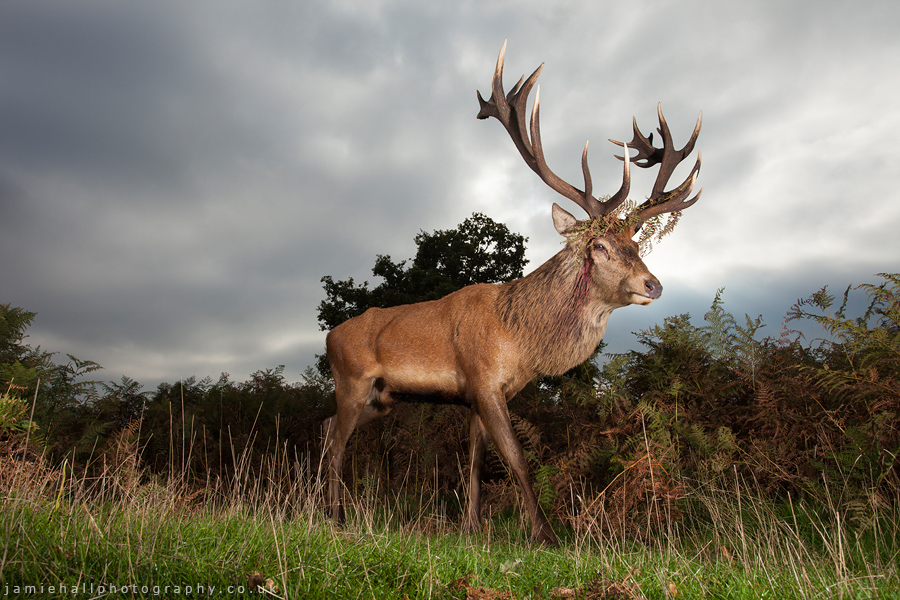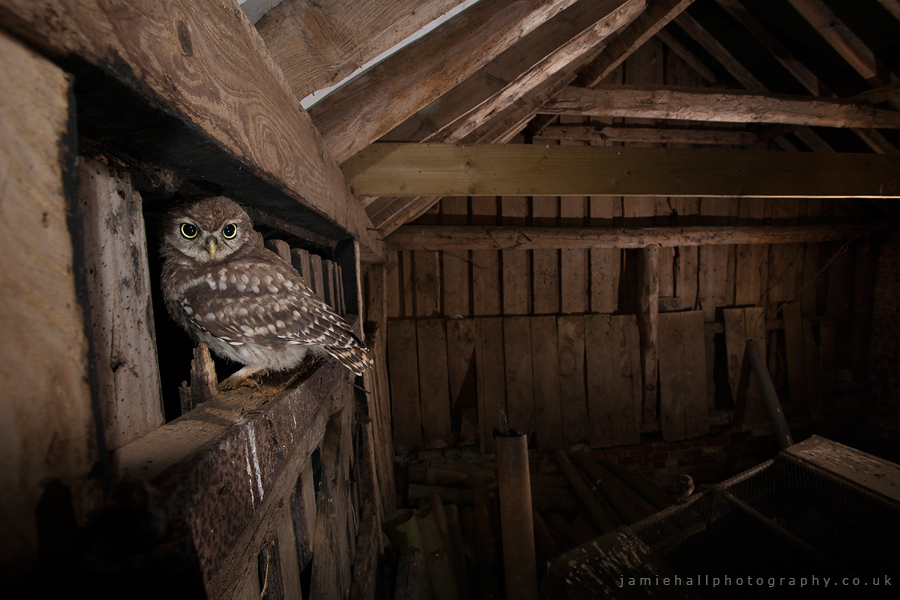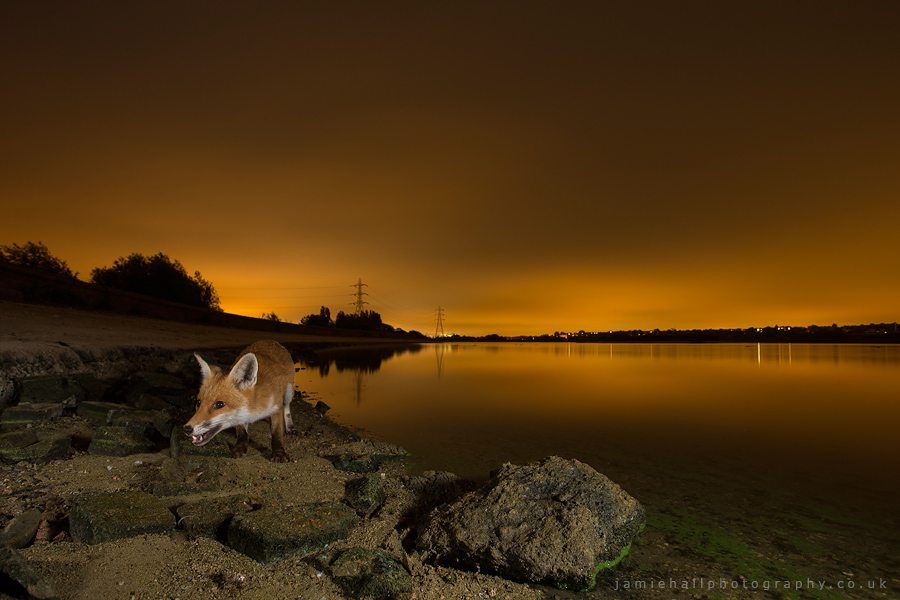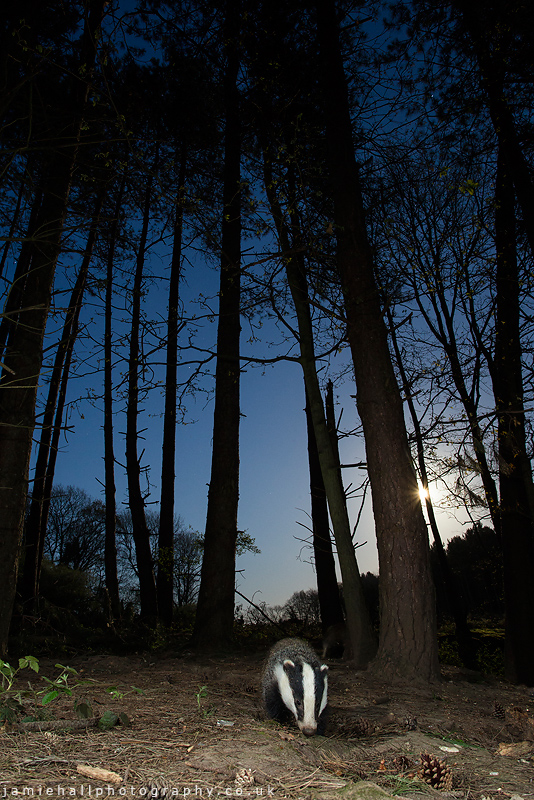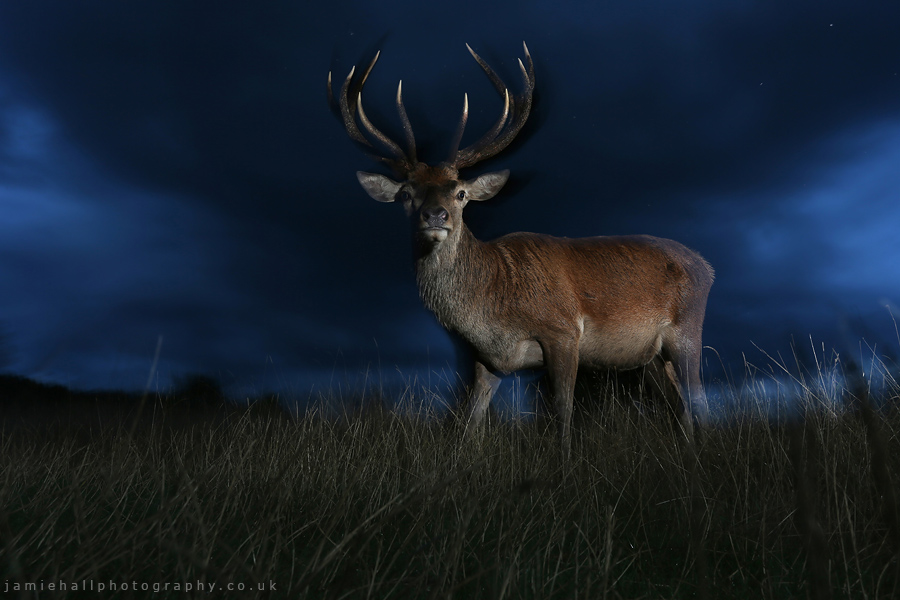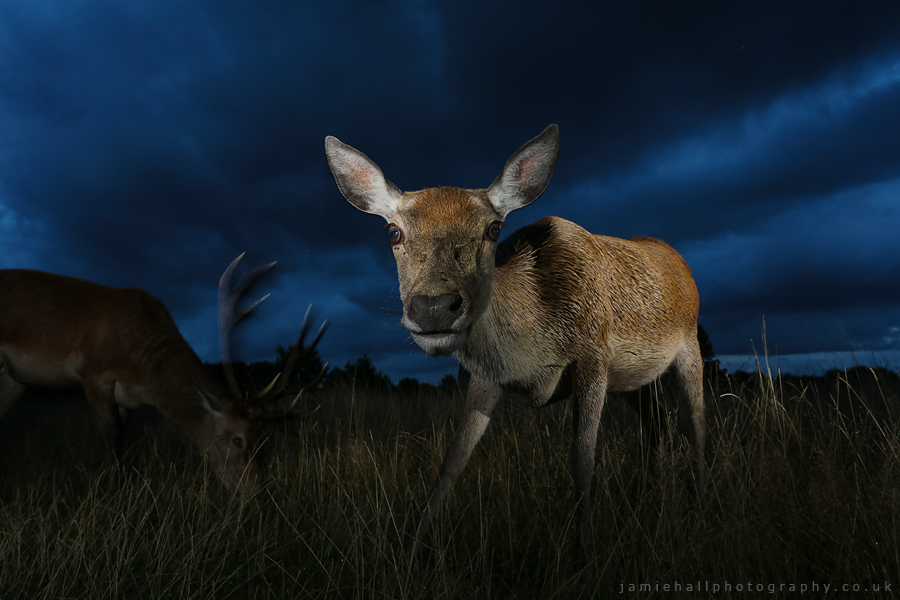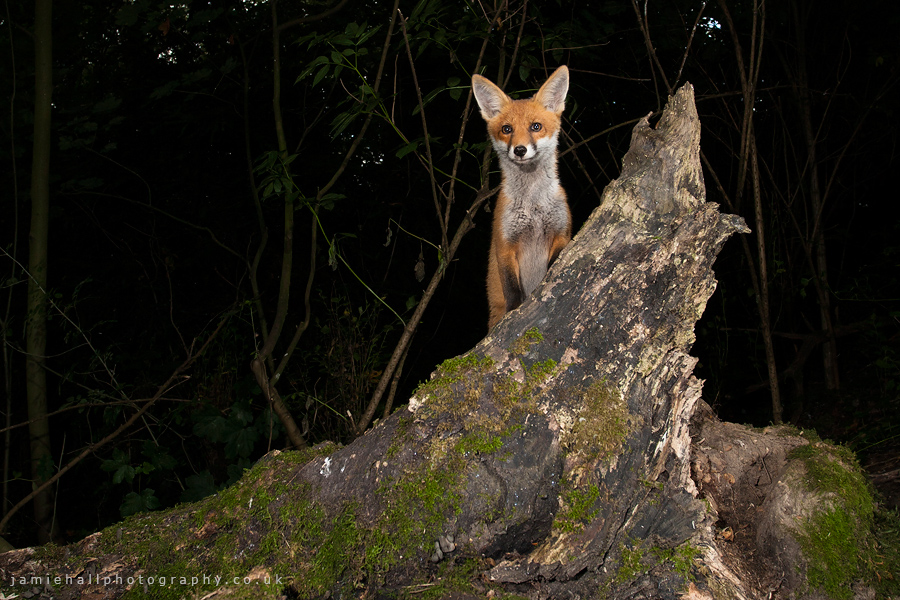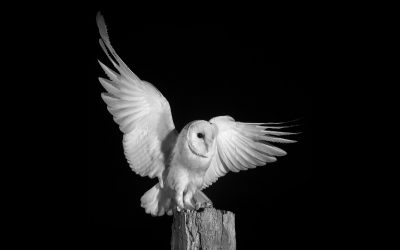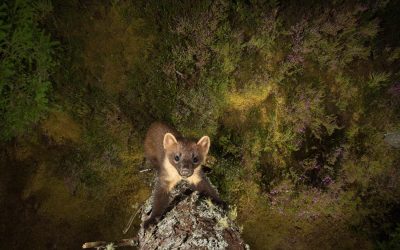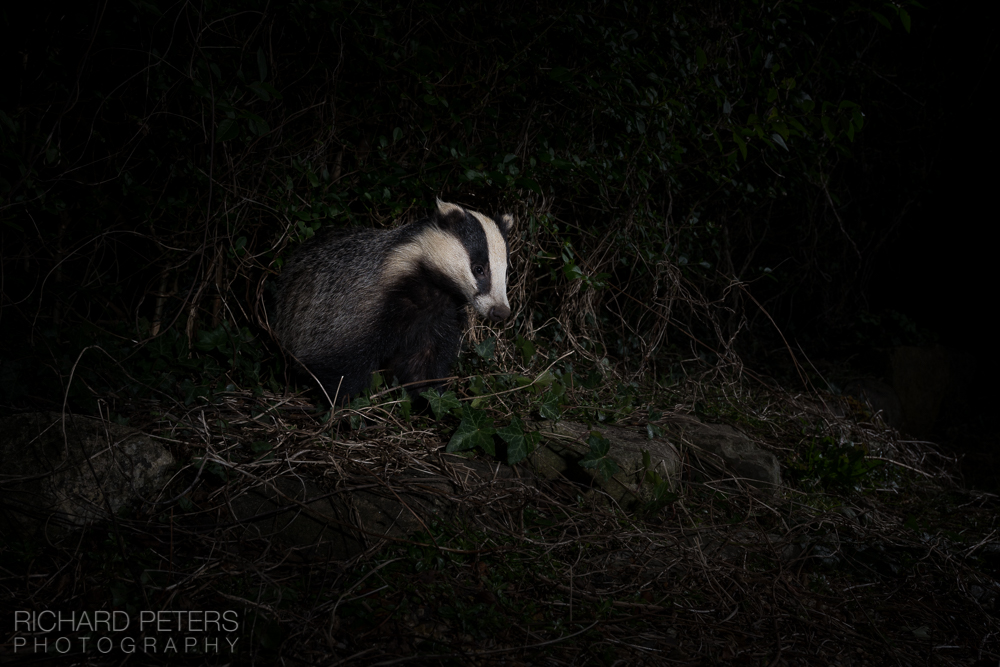JAMIE HALL
British WildlifeIntroduction
What inspired you to get involved with camera trap work?
What do you specifically find are the advantages of using these techniques?
What are the disadvantages?
"Working with urban foxes in London was mentally a nightmare. I’d set a camera up somewhere but just keep going back to it every hour to check it was still there"
From a technical perspective on location, what are the greatest challenges you have had to overcome?
Power was always a big problem, you’d set everything up to leave out for 5-6 days and upon going back to change the memory card you’d realise either the camera, flashes or one of the beam units had switched off due to the batteries being dead. Faulty wiring also can be an issue, mainly due to rain, and condensation can be a big problem too at times. More often than not its dawn or dusk that you expect the camera to be triggered and this is when the temperature change can cause issues with the lens fogging up.
The equipment used can get quite specialist, ranging from a simple remote system to complex lighting, trip-beams and flashes. How complex do your setups get or do you find keeping it simple is the best approach?
What has been your most successful trap-camera project to date and how long did it take from concept to first successful image?
What’s been your biggest failure, either technically or photographically?
I used to get lots of images of half a fox or badger, but you soon figure out how to set your composition to avoid it happening too regularly.
There are those that consider it ‘cheating’ to not physically press the shutter yourself or even be there when the photo is taken. What would you say to that?
Personally, I think it’s by far the hardest but most rewarding way to photograph wild animals behaving naturally in this country.
Where do you see trap and remote photography going in the future?
Jamie Hall
Website: jamiehallphotography.co.uk
Jamie runs different workshops in East Anglia and down to London, but also offers 1:1 tuition throughout the region.
Other Interviews
How to Photograph Nocturnal Wildlife in Infrared
What is Infrared (IR) Photography?Light that comes from the sun consists of a very wide spectrum, and when we look at the world around us we are only seeing it in a very narrow part of this spectrum known as ‘visible light’. The sensors inside digital cameras are...
Terry Whittaker – Camera Trapping in the UK
IntroductionSince starting out as a freelance photographer in 2000, Terry has built up a reputation as one of the UK’s foremost wildlife photographers. He has won multiple awards for his work and his images often carry a strong conservation message. Terry’s desire to...
Richard Peters, on a Back Garden Safari
Introduction Richard Peters is a professional wildlife photographer from the UK with a style that often takes a priority of light, over subject. During the last year however, he has begun working with camera traps, concentrating on a location he has a personal...

